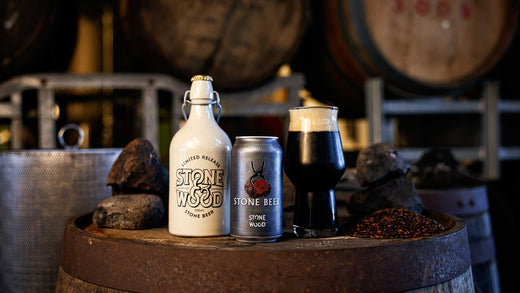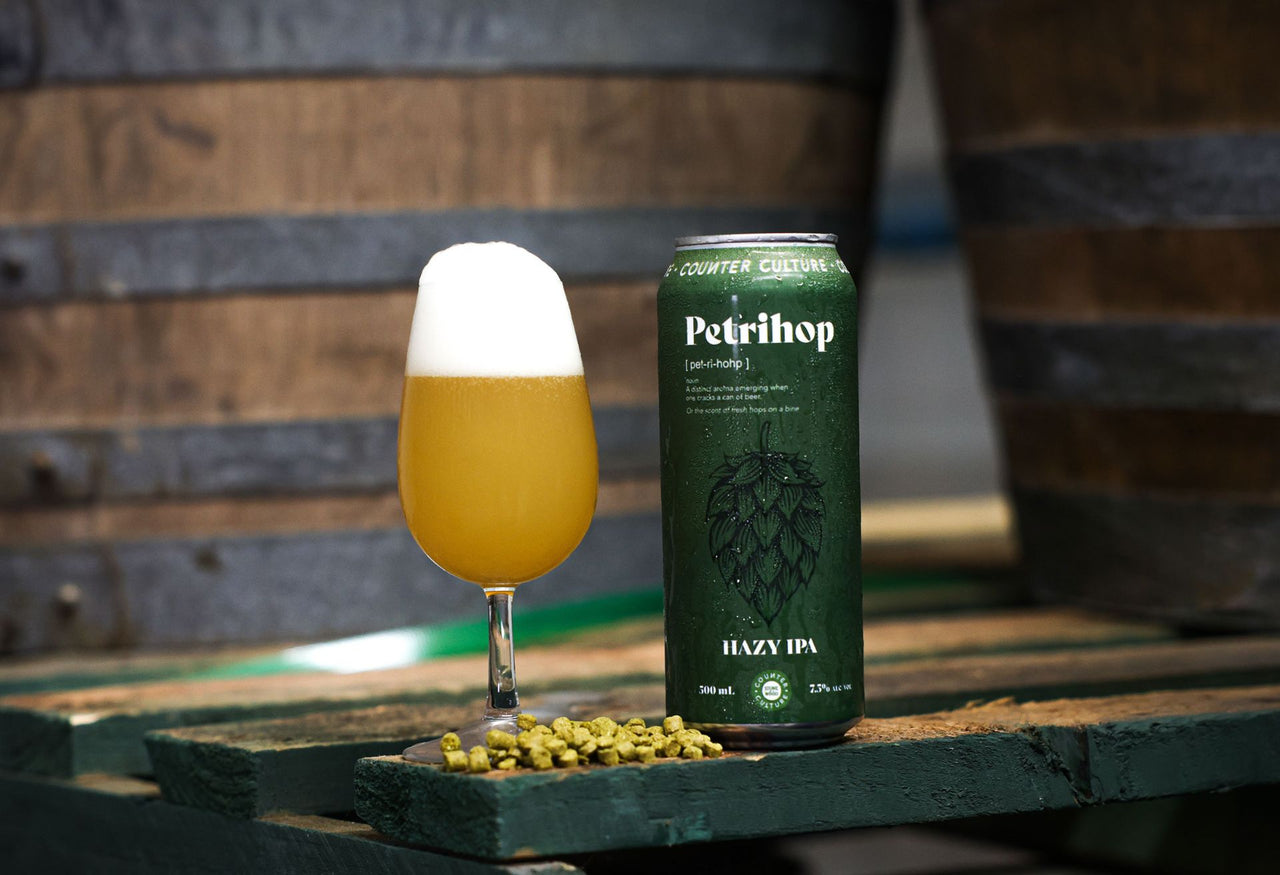Let's take a second to talk about Malt...
Let’s talk about malt. What is it? You can’t grow malt. It isn’t something that happens by itself. What you do grow is a grain, and then malting is a process applied to that grain.
Germination in a natural sense is where you have light and water hitting the grain, to the point where it puffs itself up and is full of starch.
This starch is what the brewers are chasing. Barley has the highest volume of starch present, yielding a content of 65% and is hence the most commonly used grain in the brewing process. Wheat, corn, oats and rice also are used.
Malting as a process
Malting is in a sense recreating this natural germination process, but in a more viable manner, which means indoors. Lay out all the grain, with a depth of roughly ten centimetres.

The grain is first steeped in water to encourage germination, then the process is abruptly stopped once the two little shoots, the chitlings, emerge.
This is the point where the grain reaches maximum starch capacity; and is now ready for roasting. Different levels of roasting induce many different outcomes from the same grain.
50 shades of malt
We use malt for many different reasons in the brewing process. One is to affect the colour. It’s a bit of a no brainer but the more you roast your grains, the darker in colour they become.
Pale ales use pale malts, amber ales get their earthy colour from malts around the Cara Munich stage, and dark beers like stout get their rich complexion from using dark malts, which have been roasted at high temperature.

Sugar and spice and all things nice
Malts also affect the sweetness of the beer. The more you toast your malts, the sweeter they become. This is due to the fact that as you have heat hitting the grain, it affects the starch and starts converting into sugars.

Next time you have a sip of dark beer, play close attention to the sweetness at the start of your sip. It will only be once the hops come in and balance out the sweetness with bitterness that you will get the rich well-rounded flavour associated with dark beer.
How many malts have you had tonight?
Malt also affects the alcohol content. Brewing is a balancing act. You’ve got water, malt, hops and yeast. While just four ingredients may allude to a simple recipe, brewing is a delicate process that involves getting the balance just right.
When you up the hops in a beer, for example when the brewer is making an IPA, he or she will also have to up the malts to create a balanced result. Up the hops, up the malt and the result will be a higher alcohol content.
Malt provides the fermentables. When you used more malt in a recipe, there is a higher gravity count (just think sugars). When the yeast is added and performs its party tricks, it converts the sugar into alcohol and expels carbon dioxide. If it has more malts to work with there is going to be a higher ABV in the finished product.
In essence, malt provides the sugar source, the starch source, and is the main carbohydrate for the yeast. It is the backbone of labour for the beer, without it there would be no alcohol and no CO2.



















